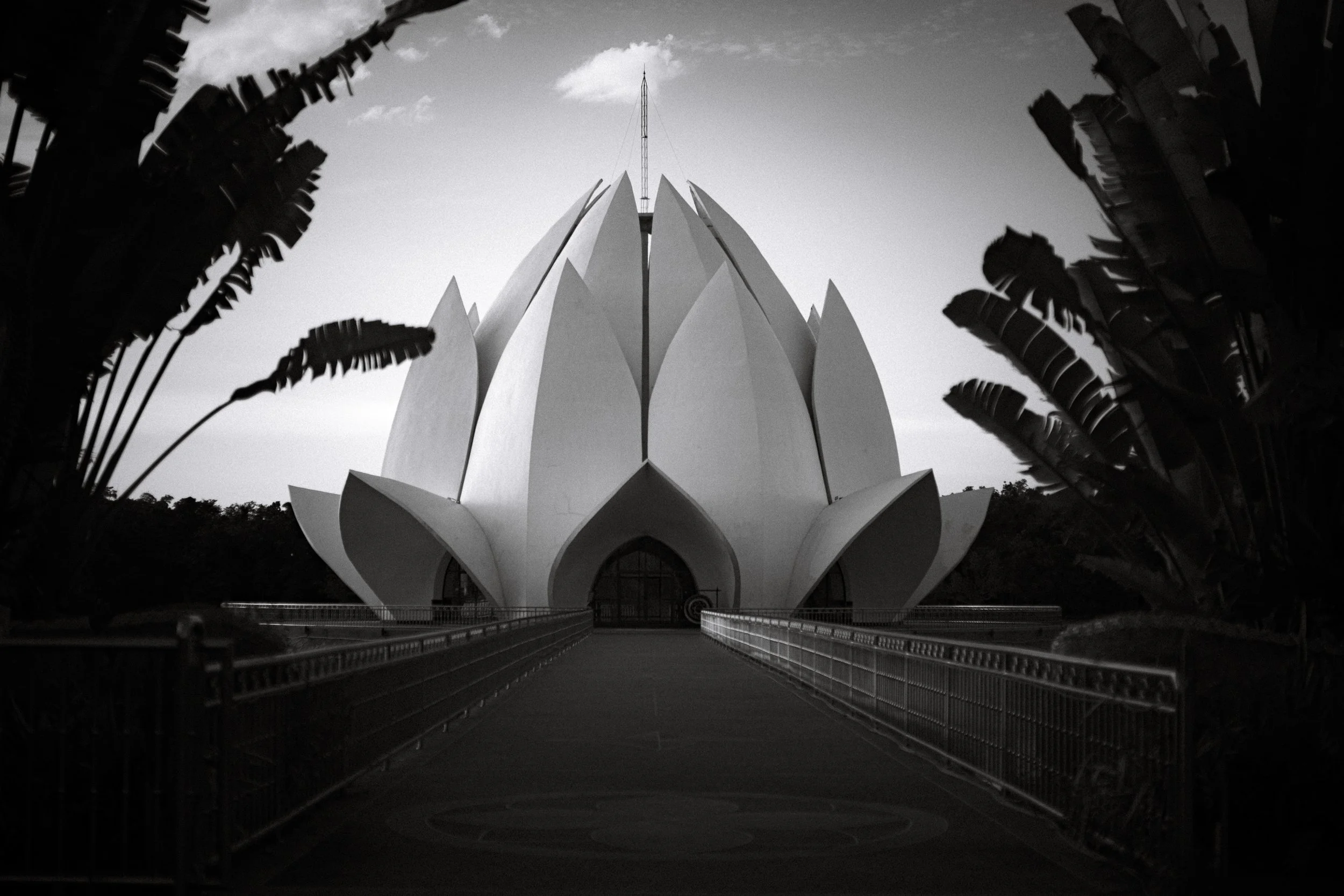Wat Santi Wanaram
Known for its stunning white floating lotus design and close proximity to UNESCO World Heriage Site Ban Chiang (1992), Wat Santi Wanaram is more than a picturesque tourist spot. It’s very grounds a self-sustainable commune, with livestock, irrigated farmland and reverse osmosis filtration.





Wat Santi Wanaram is a well known temple despite its rural location and serves outwardly as a domestic and international tourist spot, with many flocking to see the unique floating lotus design, often as part of a wider trip to Ban Chiang Museum. I have not been shy about my biases when it comes to newer temples, and for much of my time as a photographer refusing to photograph these structures in favour of heritage rich sites. It was only during extensive fieldwork for my previous project Soul of the Planet, Heart of the People did I come to understand that these temples are built and maintained with the same ethos and intentions as those built long before I was born. Perhaps the British side of me still wins, in that I personally care more for heritage and tradition but the Thai people adapt and evolve, and their country and lifestyles are far more fluid in nature. Wat Santi Wanaram is one of many embodiments of such fluidity. Firstly, the white floating lotus is certainly the focal point, yet occupies only a small portion of the complex. Even with newfound appreciation and deeper information, I still didn’t want to make the postcard image one expects, and how happy I am about the above is in debate, but there is no denying the novelty in presenting Wat Santi Wanaram this way. As I said, new build temples are not my forte. I believe my photographic approach is more akin to archaeology, leaning on the imperfections and wear.
During our visit we got talking to one of the workers in the temple grounds, they were camera shy and requested to remain anonymous. These requests are taken seriously and whilst there are times I may push further, if consent is not established then that is respected. However, they were more than willing to educate me regarding the temples workings. Through them I found out that the temple provides an exchange system, and in return for grounds maintenance or upkeep, provided a room, meals and a small stipend. This particular person had been there over a month, and was unsure what direction they wanted to go forward in life. They introduced us to แม่ชี or Nun, in the Western context. who was eager to share more about her practises and the temple. Please watch the video above, fully subtitled in English.
แม่ชี Davipah Pah Korapah
We were informed by the แม่ชี that the เจ้าอาวาส or Abbot in its Western sense, was not on the grounds and would be the better person to interview regarding the water filtration — a subject that I was keen lo learn more on due to ongoing issues with Mekong dams and seasonal shifts due to climate change — and the Floating White Lotus design, at they were the one to commission the project. We were also offered the opportunity to document the temples efforts in teaching children, and to explore a sister-site in Loei. These offers will be followed upon during principal for Discover Temples of Thailand.
Stills by David Roberts ┃Motion by Dararat Phetkon for DRobertsPhoto.com
Thank you to:
Dehancer Film Emulation for collaboration on Discover Temples of Thailand on YouTube
Laowa by Venus Optics for providing lenses during foundational pre-production of Discover Temples of Thailand
The staff at Wat Santi Wanaram for permission, and Davipah Pah Korapah for the interview.


